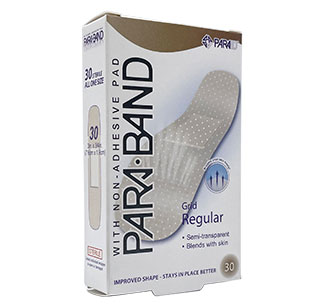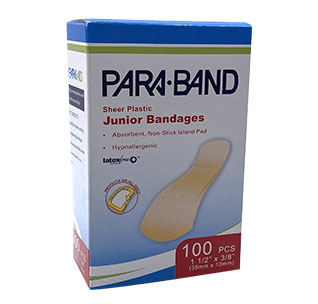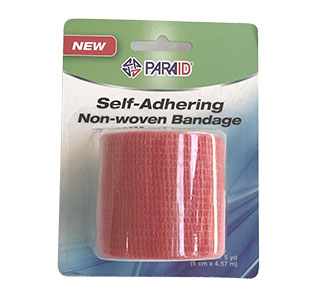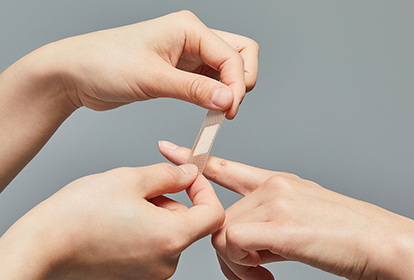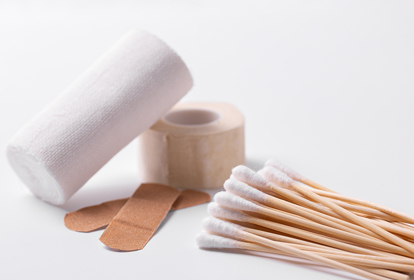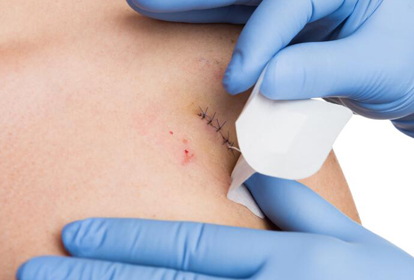In a world filled with uncertainties, having a first aid kit is not just a precautionary measure; it's a lifeline. From minor cuts to more serious emergencies, a well-equipped first aid kit can make all the difference in crucial moments. Let's delve into the reasons why having a first aid kit is a vital aspect of personal and community safety.
Definition of a First Aid Kit
A first aid kit is a carefully curated collection of medical supplies and equipment designed to provide immediate assistance in case of injuries or illnesses. It serves as a first line of defense until professional medical help arrives.
Importance of First Aid
First aid is not just a set of skills; it's an attitude towards safety. Well-prepared first aid kits wholesale empower individuals to respond effectively to accidents, promoting quicker recovery and reducing the severity of injuries.
Essentials of a First Aid Kit
A. Basic Supplies
Typical mini first aid kits bulk includes essential items such as bandages, adhesive tape, antiseptic wipes, first aid direct lens wipes, pain relievers, and scissors. These basics cover a wide range of common injuries and ailments.
B. Specialized Items
Depending on specific needs, specialized items like epinephrine auto-injectors for allergies or CPR face shields can be added. Tailoring the kit to individual or family health concerns is crucial.
Home Preparedness
A. First Aid Kit at Home
Having a first aid kit at home is not just advisable; it's essential. Accidents can happen anywhere, and immediate access to medical supplies can prevent a minor issue from becoming a major crisis.
B. Ensuring Accessibility
Place the first aid kit in a central, easily accessible location. Everyone in the household should know its location and understand the basics of using its contents.
Workplace Safety
A. Mandatory Workplace Kits
Occupational safety regulations often require workplaces to have first aid kits on hand. A commercial first aid kit ensures that employees receive immediate care in case of accidents or injuries on the job.
B. Training and Awareness
It's not enough to have a first aid kit; employees should also be trained in basic first aid. Conducting regular drills and raising awareness can save lives in emergencies.
On-the-Go Preparedness
A. Car First Aid Kit
Carrying a car first aid kit in your vehicle is as important as having one at home. Road accidents and unexpected health issues can happen anywhere, and a well-stocked car kit can be a game-changer. Learn more about first aid kits for work vehicles, first aid kits for commercial vehicles, first aid kits for company vehicles, etc.
B. Portable Options for Travel
For those constantly on the move, portable first aid kits tailored for travel are indispensable. These travel-size first aid kits in bulk ensure you are prepared, no matter where your journey takes you.
Tailoring for Specific Needs
A. First Aid for Families
Families with children or elderly members may need specialized items. Considerations like child-proofing the kit or including medications for chronic conditions are vital.
B. Customizing for Medical Conditions
Individuals with specific health concerns should customize their first aid kits accordingly. This could include medications, medical bracelets, or specific instructions for caregivers.
First Aid Kit Maintenance
A. Regular Check-ups
A neglected first aid kit may not be as helpful when needed. Regularly check and replenish supplies, ensuring that everything is within its expiration date.
B. Expiration Awareness
Pay attention to expiration dates on medications and ointments. Replace any expired items promptly to guarantee the effectiveness of the first aid kit.
First Aid Training
A. Importance of Training
Having a first aid kit is beneficial, but knowing how to use it is crucial. Enroll in a first aid training course to acquire the skills needed to respond confidently to emergencies.
B. Basic First Aid Skills
Basic skills such as CPR, wound cleaning, and handling fractures can be the difference between life and death. Investing time in learning these skills is an investment in personal and community safety.
Real-life Scenarios
A. Stories of First Aid in Action
Real-life stories highlight the importance of first aid. From simple acts like applying a bandage to more complex situations requiring CPR, these stories underscore the impact of preparedness.
B. Impact on Outcomes
Swift and effective first aid significantly improves outcomes. It can prevent complications, reduce recovery time, and sometimes even save lives before professional help arrives.
Public Spaces and First Aid
A. Public Establishments
Public spaces should also prioritize first aid preparedness. Establishments such as schools, malls, and recreational areas must have well-maintained first aid kits for public safety. You may be interested in first aid kit for 100 person and get more information about it.
B. Community Awareness Programs
Community initiatives promoting first aid awareness can foster a culture of safety. Training programs, workshops, and awareness campaigns contribute to a more prepared and resilient society.
Psychological Impact
A. Confidence Boost
Knowing that you are prepared for emergencies boosts confidence. This psychological reassurance can make individuals more proactive in helping others during crises.
B. Reducing Anxiety
In stressful situations, having a first aid kit at hand reduces anxiety. The ability to take immediate action provides a sense of control over the situation.
Cost-Effective Preparedness
A. Affordable Options
First aid doesn't have to break the bank. Affordable first aid kits are readily available, ensuring that even those on a budget can prioritize safety.
B. Long-term Savings
Investing in a first aid kit is an investment in long-term savings. Prompt intervention can prevent the escalation of injuries, reducing medical expenses and recovery time.
First Aid Kit DIY Projects
A. Crafting a Homemade Kit
For the crafty individuals, crafting a homemade first aid kit adds a personal touch. This DIY approach allows for customization and ensures that every item meets individual needs.
B. Personal Touch and Connection
A personally crafted first aid kit fosters a sense of connection with its contents. Knowing the origin of each item can create a more profound connection, encouraging individuals to use it more effectively.
Social Responsibility
A. Encouraging First Aid Awareness
Promoting first aid awareness is not just an individual responsibility but a societal one. Encourage friends, family, and colleagues to be prepared for emergencies.
B. Contributions to Community Well-being
Communities thrive when individuals prioritize safety. Being prepared with a first aid kit contributes to the overall well-being of the community, creating a safer and more resilient environment.
Conclusion
A. Summarizing Importance
In conclusion, the importance of having a first aid kit cannot be overstated. It's not merely a collection of supplies; it's a tool that empowers individuals to take immediate action in times of need.
B. Encouraging Action
Let this serve as a reminder to assess your current level of preparedness. Whether at home, work, or on the go, having a well-stocked and well-maintained first aid kit is a responsibility we all share.
Frequently Asked Questions (FAQs)
How often should I check and update my first aid kit? Regularly check your first aid kit every three to six months and replace any expired items.
Are there specific items to include for individuals with chronic conditions? Yes, consider including necessary medications, medical information, and any specialized items related to the condition.
Do I need formal training to use a first aid kit effectively? While formal training is beneficial, basic first-aid skills can often be acquired through online resources and tutorials.
Can a homemade first aid kit be as effective as a store-bought one? Yes, if crafted with care and including essential items, a homemade first aid kit can be just as effective.
How does having a first aid kit contribute to community well-being? By promoting first aid awareness and ensuring public spaces are equipped, individuals collectively contribute to a safer and more resilient community.
 English
English
